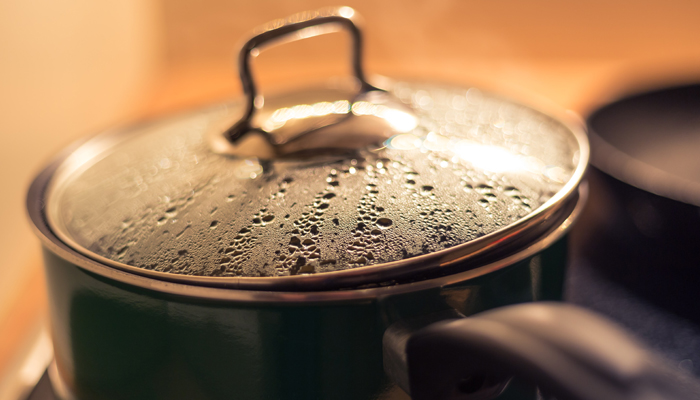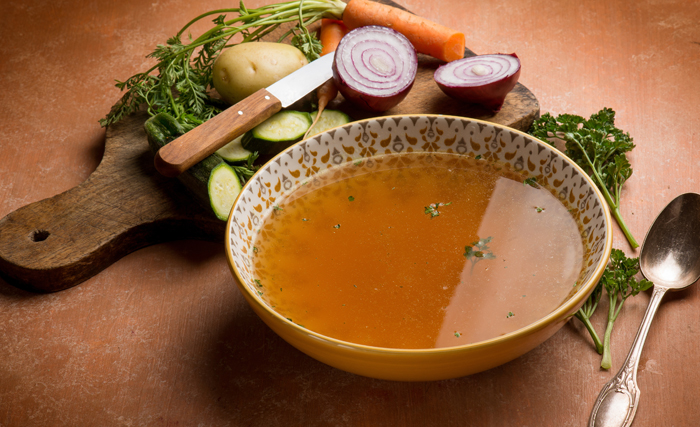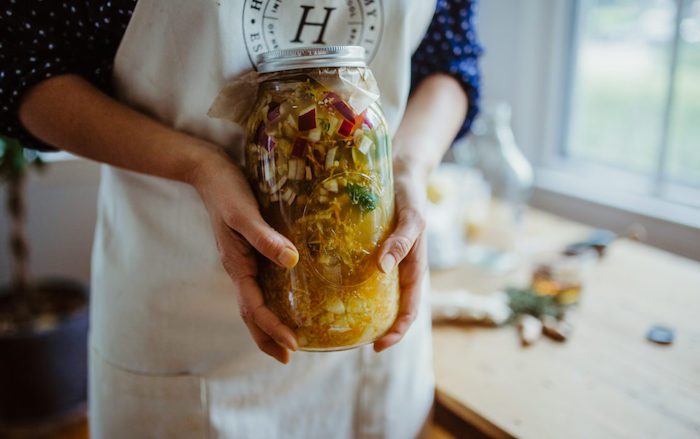Are your Pots and Pans Toxic? Our Guide to Healthy Cookware
FEBRUARY 7, 2018 by DR. HEATHER MODAY, MD
There is a lot of confusion over what types of cookware to use. Does aluminum cause Alzheimer’s? Is teflon bad for you? Is there any non stick pan that is safe? Because of this, we have created a definitive guide to safe cookware.
Let’s get started!
How to Choose Cookware?
When purchasing cookware, we take into consideration the following criteria:
- Safety—We all spend enough time worrying about the toxins in our food. Let’s not add any more chemicals INTO our food by cooking them in toxic pots and pans.
- Durability—Cookware should look good AND function well for many years.
- Functionality—Pots and pans should heat evenly and quickly.
- Cost—It’s worth spending as much as necessary for quality, but not more than necessary.
For the sake of this article, we will focus on the safety aspect of the cookware, but make recommendations that take into account all four of the criteria mentioned above.
What cookware is NOT safe?
Dangerous Cookware to Avoid
1. Teflon (and other similar chemicals):
Anything coated with Teflon (think non-stick pans) or similar chemicals should be avoided in the kitchen. Teflon is made of a specific type of Perfluorocarbon (PFC) that makes the surface of cookware resistant to sticking. According to the Environmental Working Group (EWG), PFC exposure has been associated with testicular and kidney cancer, obesity, thyroid issues, low birth weights, and preeclampsia.
PFC’s can linger for years in your body and while the research is not entirely clear on the long-term consequences of persistent, low-level exposure, it’s best to avoid these entirely.
Note that Perfluorooctanoic Acid (PFOA’s) and Pertetrafluoroethylene (PTFE’s) are other types of PFC’s found in non-stick cookware that should also be avoided for similar health concerns.
2. Aluminum:
Aluminum is well established as a neurotoxin that should be avoided. Aluminum has been found to damage not only the brain but also the blood-brain barrier. The blood-brain barrier protects the brain from potentially harmful substances (chemicals, viruses/bacteria, etc.) and when damaged can become leaky and susceptible to injury from other chemicals that are normally unable to cross into the brain. Exposure to aluminum has been associated with the development of learning disorders, Alzheimer’s disease, and the triggering of autoimmune conditions.
3. Copper:
While copper cookware has a classic look, the copper from these pots and pans will leach into your food. Though some copper is essential, too much can be toxic. You can choose cookware that has a copper exterior. Copper-bottom pots and pans will heat quicker and more evenly than stainless steel. Just make sure the cooking surface is stainless steel.
Cookware to Use with Caution
1. Non-stick Green Pans:
The green pans are coated primarily with the chemical Thermalon, which is mostly silicon dioxide. While in theory silicone is safe to cook with (and a great choice for kitchen utensils), it is not clear what the other components of these pans are. If you MUST choose a non-stick pan, this is certainly a safer alternative, but there are still better options (see below).
2. Ceramic:
The safety of ceramic cookware depends on the glaze. The clay used in ceramics often contains lead, which we know is a dangerous heavy metal. If the ceramic piece has been glazed properly and thoroughly tested, it should be safe. If you are unsure if your ceramic is lead-free, you can easily test using these swabs.
Recommendations:
Ceramcor lead-free ceramic cookware
Safest Cookware to Prepare Food without Toxins
1. Cast Iron:
In general, cast iron cookware is safe and effective in the kitchen. It may even be a great addition for those who are deficient in iron, as some of the iron will make its way into your food. While cast iron is heavy and takes longer than stainless steel to heat up, it holds heat very well and is oven-safe.
Tips on taking care of your skillet: Do not clean with soap, as this will remove the seasoning from the pan that prevents the pan from rusting and allows for a better cook. To clean, either use water or scrub with lemon and salt. If needed, season pan with some avocado oil when finished to prevent rusting.
Caution: If you have a history of iron-overload (hemochromatosis), you should avoid cast iron cookware. Post-menopausal women should show extra caution, as monthly menstrual periods often mask hemochromatosis until menopause.If you do have hemochromatosis, we suggest using enamel-covered cast ironware. Though it is expensive, it has a non-reactive surface and a long shelf life
Recommendations:
Lodge Cast Iron Skillet – Get the one with a silicone handle, as the handles tend to get very hot.
Utopia Kitchen Cast Iron Skillet
2. Stainless Steel:
Stainless steel is another great cooking option. Along with being non-toxic, stainless steel cookware is durable, heats quickly, and has been found to brown food better than non-stick alternatives.
Tips for cooking: Unlike non-stick pans, food can stick to the pan, which can get annoying. To minimize sticking (such as when frying an egg or sautéing potatoes), make sure to use a generous amount of oil/fat to coat the bottom of the pan and give it time to heat up. The hot oil will create a layer that prevents sticking.
Recommendations:
All-Clad Stainless Steel Set – This is the best brand for stainless steel cookware, but you will certainly pay for it.
Calphalon Tri-Ply Stainless Steel Set – This is a more economical option, but still of very high quality.
3. Glass/Pyrex:
Though mostly meant for baking, glass is a completely safe option. There are some stovetop options, but these tend to lose heat easily and don’t have the same durability as the other types of cookware listed above.
Recommendations:





